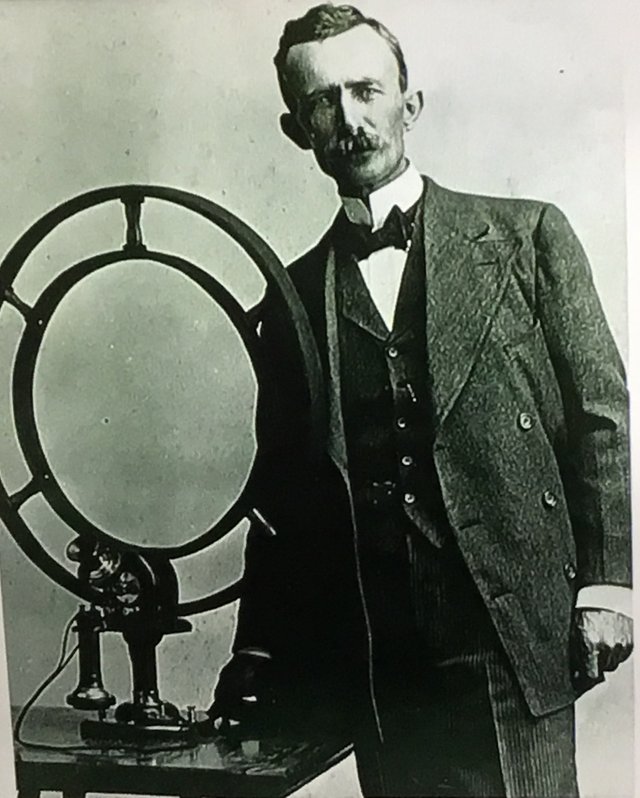EXTROPIA’S WEIRD SCIENCE: THE MURRAY MOBILE PHONE NETWORK
When it comes to mobile phones, names like Nokia and Apple spring easily to mind. But I doubt many would think of the name Nathan Stubblefield.

(Image from wikimedia commons)
Stubblefield was a resident of Murray, a small town in Kentucky. According to his proponents, he was some three years ahead of Marconi when it came to the first radio transmission.
His main reason for pursuing this technology was because Alexander Graham Bell’s telephone exchanges were too expensive to be viable for small towns like Murray. So, Stubblefield worked out a way of using the ground’s natural conductivity to send and receive transmissions. Such a technique transmitted signals over shorter distances than Bell’s method could achieve, but since the plan was to network small towns this was not considered a problem.
Anyway, by 1902 Stubblefield had developed his idea to the point where he could demonstrate it to prospective clients. These demonstrations prompted New York businessmen to buy out his patent. They went on to found the Wireless Telephone Company of America.
As for Stubblefield, he grew suspicious of his investors and spent years trying to find backers for a new system. The lack of interest took its toll and as his financial situation worsened, Stubblefield’s family deserted him and he ended up living as a recluse.
Sadly, this alleged pioneer of wireless communications came to a rather ignoble end. He starved to death in a lonely cabin in 1928, and when his corpse was finally discovered it had been partially eaten by his cats. He was 68 years old.
REFERENCES: FAR OUT by Mark Pilkington.